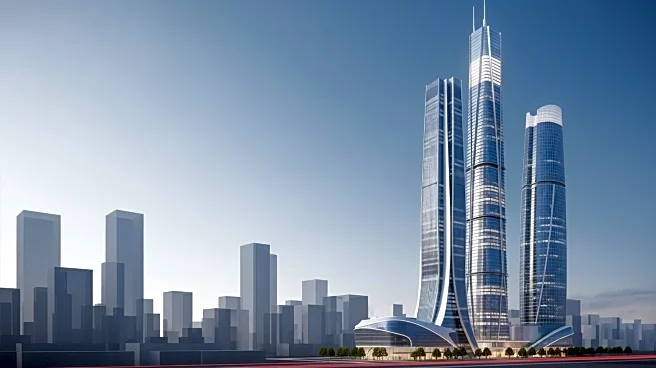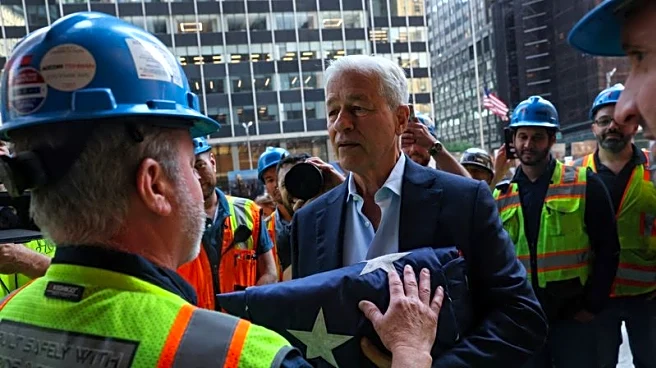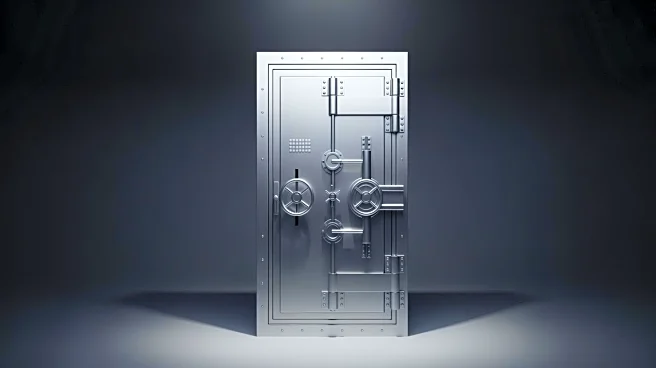What's Happening?
JPMorgan Chase has opened its new 60-story headquarters at 270 Park Avenue in New York City, marking a significant architectural and corporate milestone. The building, which cost approximately $3 billion,
replaces the Union Carbide Building and is set to house around 10,000 of JPMorgan's 24,000 New York-based employees. The new headquarters features 2.5 million square feet of space and includes public areas and commissioned artworks. Designed by architect Norman Foster, the building is now the fourth-largest in Manhattan, surpassing the Empire State Building's roofline. The construction involved a complex demolition process due to its location above major rail lines.
Why It's Important?
The unveiling of JPMorgan Chase's new headquarters is a testament to the company's commitment to New York City and its global operations. This development is significant as it represents one of the first major office buildings constructed post-COVID-19 pandemic, potentially influencing future architectural projects in urban centers. The headquarters consolidates JPMorgan's operations, which were previously spread across multiple locations, enhancing operational efficiency. This move also reflects the company's stance on in-office work, as emphasized by CEO Jamie Dimon, amidst ongoing debates about remote work in the corporate sector.
What's Next?
With the completion of the new headquarters, JPMorgan Chase plans to renovate its existing building at 383 Madison Avenue. This renovation is part of the company's broader strategy to optimize its office spaces in New York City. The new headquarters is expected to serve as a central hub for JPMorgan's trading operations, potentially impacting the financial district's dynamics. The building's opening may also prompt other corporations to reconsider their office space strategies in light of evolving work patterns post-pandemic.
Beyond the Headlines
The construction of JPMorgan Chase's new headquarters highlights the ongoing transformation of New York City's skyline and the architectural challenges associated with building in densely populated urban areas. The project underscores the importance of integrating public spaces and art in corporate environments, contributing to the cultural and aesthetic landscape of the city. Additionally, the building's design and construction process may set new standards for sustainable and innovative architectural practices in future developments.












